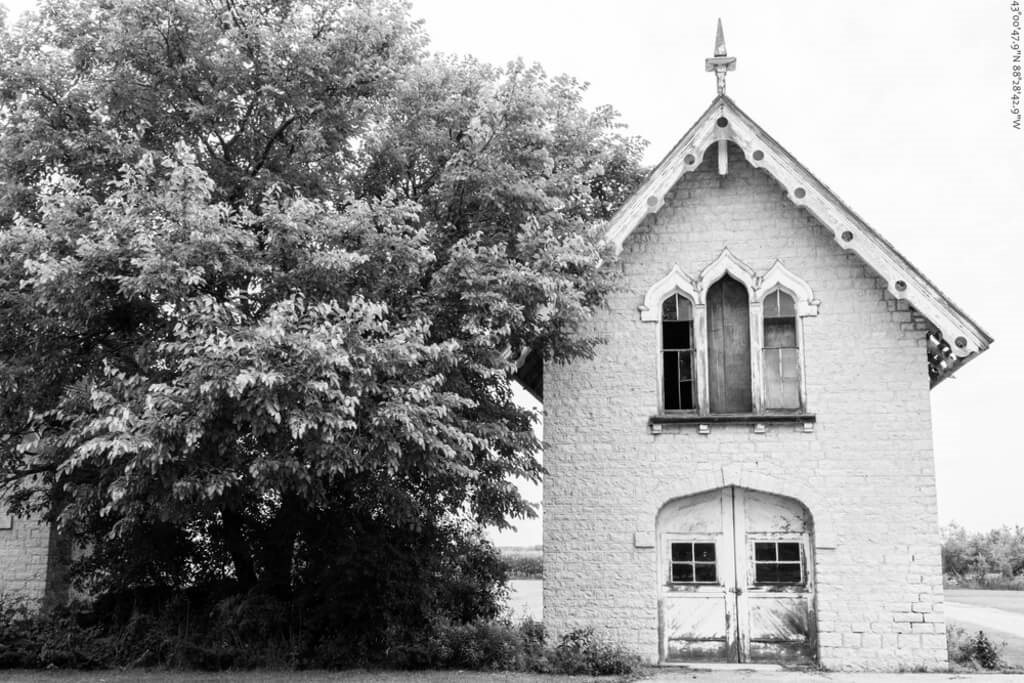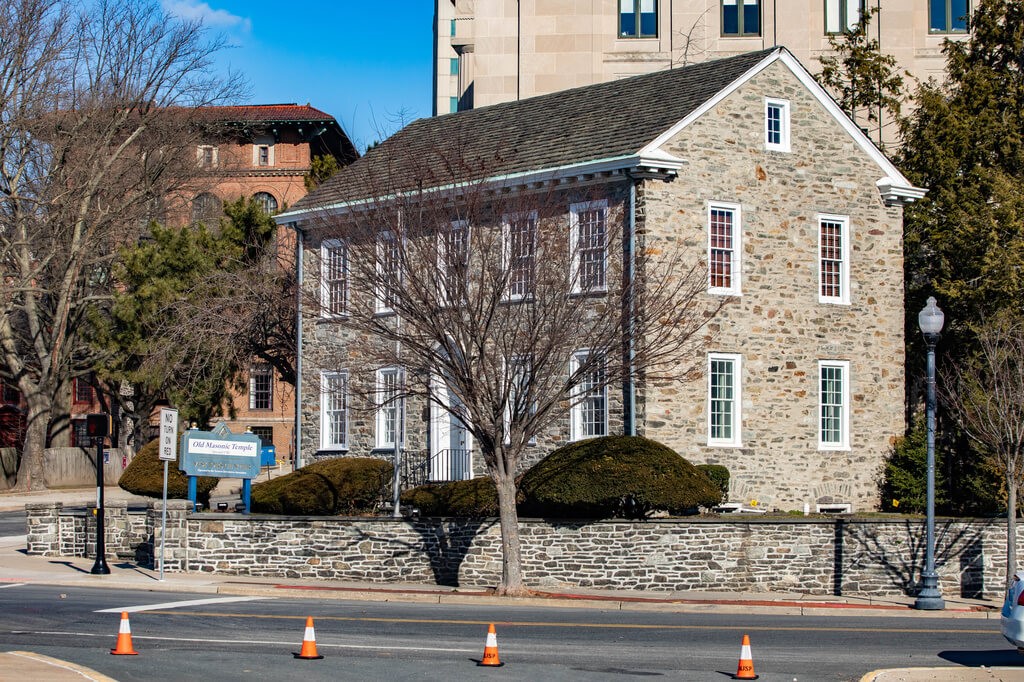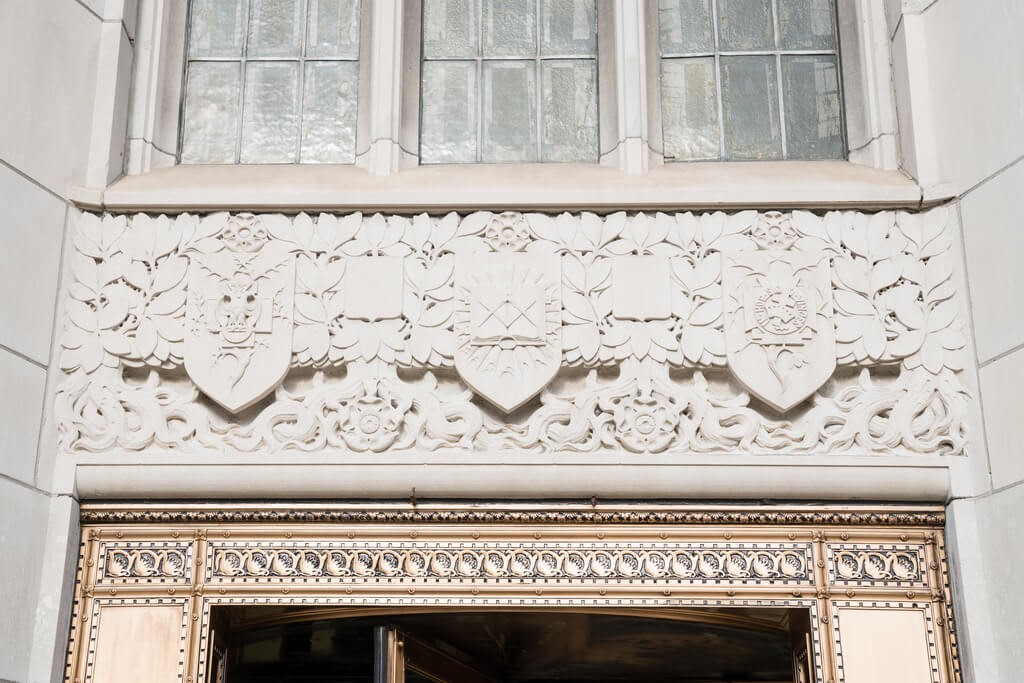The Heart of the Craft: Unveiling the Philanthropic Work of Freemasonry
Freemasonry, often perceived as a secret society shrouded in ancient symbols and rituals, holds at its very core a principle that is anything but secret: charity. This commitment to helping others is not a footnote to the Masonic experience; it is a central pillar, a foundational tenet that every member is taught from his first day in the lodge. It is the practical application of the fraternity’s highest ideals, translating philosophical lessons into tangible good for the world.
While the esoteric teachings and symbolic journeys are vital parts of the Craft, the philanthropic drive is where its heart truly beats. For centuries, Masons have dedicated themselves to relieving the distressed, supporting the vulnerable, and improving the communities in which they live. This unwavering focus on giving is arguably the fraternity’s greatest contribution to society and a testament to its enduring values.
This dedication to service is a defining characteristic that connects millions of Masons across the globe, transcending borders, languages, and cultures. The profound and far-reaching impact of this work is a story worth telling, revealing a side of the fraternity that is open, compassionate, and deeply engaged with the needs of humanity. Understanding the scope and nature of Masonic charity is essential to understanding Freemasonry itself.

What Are the Philosophical Roots of Masonic Charity?
To grasp the depth of Masonic philanthropy, one must first look to its philosophical underpinnings. The entire structure of Freemasonry is built upon a system of morality, veiled in allegory and illustrated by symbols. Central to this system are the three great principles of Brotherly Love, Relief, and Truth.
Brotherly Love is the principle that encourages Masons to regard the entire human species as one family. It promotes tolerance, respect, and kindness in all dealings, creating a bond that unites men of diverse backgrounds into a single, cohesive brotherhood.
Relief flows directly from Brotherly Love. It is the practical expression of compassion, the duty to support and assist those in distress. This applies not only to fellow Masons and their families but to the wider community as well. Masons are taught to be charitable to the best of their ability, soothing the unhappy, sympathizing with their misfortunes, and restoring peace to their troubled minds.
Truth is the final grand principle, representing the pursuit of knowledge and moral rectitude. By striving for truth, a Mason seeks to become a better man, and a better man is naturally more inclined to act with integrity and compassion. These three principles are not separate concepts but an interconnected framework that guides a Mason’s life, with charity being the most visible and impactful outcome.

How Has Masonic Philanthropy Evolved Through History?
The tradition of Masonic charity is as old as the fraternity itself. In its earliest forms, it was primarily a system of mutual support. In an era before social safety nets, craftsmen and their families faced immense hardship if the primary breadwinner fell ill, was injured, or passed away. The early Masonic lodges functioned as benevolent societies, collecting funds to support the widows and educate the orphans of their members.
As Freemasonry grew from an operative craft of stonemasons into a speculative, philosophical fraternity in the 17th and 18th centuries, its charitable scope expanded dramatically. The focus shifted from solely internal support to broader public philanthropy. This period saw the establishment of the first major Masonic charitable institutions, such as schools for the children of Masons and homes for elderly and infirm members.
These early institutions set a precedent for large-scale, organized philanthropy that would become a hallmark of the Craft. Throughout the 19th and 20th centuries, Masonic organizations founded and funded hospitals, research facilities, and community centers. They responded to national crises, wars, and natural disasters with significant financial aid and volunteer efforts, solidifying their reputation as a major force for social good.
This evolution reflects Freemasonry’s ability to adapt its core principles to the changing needs of society. What began as a simple fund for a distressed Brother has blossomed into a global network of charitable endeavors touching millions of lives. The historical journey of Masonic giving is a powerful narrative of compassion in action, growing in scale and sophistication with each passing generation.

What Forms Does Masonic Charity Take Today?
Modern Masonic charity is a multifaceted enterprise, operating at local, national, and international levels. It ranges from the grassroots efforts of a small local lodge to the multimillion-pound grants of large, centralized foundations. This diverse approach ensures that support can be tailored to a wide variety of needs, both within the Masonic family and in the public sphere.
The work is broadly divided into two main areas: support for Masonic families and support for the wider community. This dual focus allows the fraternity to uphold its primary duty of care for its own members while also fulfilling its civic responsibility to society at large. The sheer variety of programs demonstrates the adaptability and reach of Freemasons’ charity in the 21st century.

How Do Masons Support Their Own Members?
The principle of ‘looking after your own’ remains a cornerstone of Masonic life. The fraternity provides a comprehensive support system for Freemasons and their families who may be facing challenges related to health, finances, or other life difficulties. This internal support network is a vital safety net, ensuring that no member or their dependents are left to struggle alone.
Organizations like the Masonic Charitable Foundation (MCF) in the UK are prime examples of this work in action. They provide a wide range of services, including financial grants for daily living costs, support for healthcare and mobility needs, and advice on navigating complex issues. This essential support for Freemasons and their families ensures that the promise of Relief is a tangible reality for those connected to the Craft.
This care extends across generations, from providing educational scholarships for children and grandchildren to ensuring dignified care for older members. It is a holistic approach that recognizes that a person’s wellbeing is connected to the stability and health of their entire family unit.

How Is Masonic Charity Organized?
The philanthropic efforts of Freemasonry are highly organized, allowing for efficient and impactful distribution of aid. The structure is typically hierarchical, starting at the individual lodge level. Each lodge raises money through member contributions and fundraising events, which is then used for local charitable causes or contributed to larger regional and national funds.
Above the local lodges are Provincial or District Grand Lodges, which oversee Masonic activities within a specific geographical area. These bodies coordinate larger charitable projects and fundraising campaigns, amplifying the impact of individual lodges. For instance, the Province of Northamptonshire and Huntingdonshire has a long and proud history of supporting local hospices, schools, and community groups, demonstrating how regional Masonic bodies serve as a vital link between local needs and charitable resources.
At the national level, large charitable arms like the Masonic Charitable Foundation consolidate the efforts of thousands of Masons. The MCF is one of the largest grant-making charities in the UK, created from the merger of four separate Masonic charities to streamline operations and increase their collective impact. This centralized structure allows for major, long-term commitments to medical research, community services, and disaster relief on a scale that individual lodges could not achieve alone.

What Is the Role of the Individual Mason?
While large foundations manage significant funds, Masonic charity begins and ends with the individual member. The journey through the degrees of Freemasonry is a process of moral and intellectual development. It is a path that instills a deep sense of personal responsibility to practice charity in one’s own life.
This personal duty is not merely about financial contribution; it is about giving of one’s time, skills, and compassion. Masons are encouraged to be active in their communities, to volunteer, and to lead by example. The lessons learned within the lodge are meant to be applied in the outside world, making each Mason an agent of positive change.
As a man progresses in the Craft and learns more about its principles, his understanding of his charitable duty deepens. Reaching the fraternity’s third and final degree is a significant milestone in this journey. Understanding what is a Master Mason involves recognizing the profound obligation to live a life of service and integrity, using the tools of the Craft to build a better world, one good deed at a time.

What Is the Scale of Masonic Giving?
The cumulative financial impact of Masonic charity is staggering. Globally, Masonic organizations donate billions of dollars to charitable causes every year. In the United States alone, it is estimated that Masons contribute over two million dollars per day to philanthropy. This places the fraternity among the most significant charitable forces in the world.
In the United Kingdom, the Masonic Charitable Foundation is a powerhouse of giving. It provides millions of pounds annually to a vast array of causes. The support is directed towards some of society’s most pressing issues, including funding for medical and scientific research, support for children and young people, and care for the elderly and vulnerable.
The tangible results of this giving are documented in detail. For example, the MCF’s latest 2023-24 impact report outlines precisely how funds were distributed, showcasing grants to hospices, air ambulance services, and numerous local community charities. This transparency demonstrates a commitment to accountability and allows both Masons and the public to see the real-world difference their contributions make.
This immense scale is possible only through the consistent, collective effort of millions of individual members. Each small donation, when combined with others from across the country and around the world, creates a river of funding that provides life-changing and life-saving support where it is needed most.

How Do Masonic Ideals Influence the Wider Community?
The impact of Masonic charity extends beyond direct financial contributions. The principles of Freemasonry have historically inspired the creation and growth of other major civic and service organizations. The emphasis on fellowship, community improvement, and structured organization provided a model for many groups that are now household names.
This ripple effect is a powerful, if less quantifiable, aspect of Masonic influence. The core tenets of service to humanity and personal integrity have resonated through society, encouraging a broader culture of volunteerism and civic duty. The structure of the lodge, with its elected officers, democratic processes, and focus on mutual improvement, has been a template for effective community organizing.
For example, there are interesting historical and philosophical parallels between the Craft and other prominent service clubs. The shared focus on community-based projects, ethical conduct, and fellowship found in groups like the Rotary Club, Kiwanis, and the Lions Club echoes long-standing Masonic traditions. Exploring the connection between the Lions Club and Freemasonry reveals how these ideals of service can manifest in different forms, all working towards the common good.

Is Masonic Charity Just About Money?
While the financial statistics are impressive, it is a mistake to view Masonic charity solely through the lens of money. The concept of Relief is much broader, encompassing the giving of time, expertise, and emotional support. For many Masons, volunteering is an equally important, if not more important, form of charity.
Masons are actively involved in their communities in countless ways. They mentor young people, organize food drives, volunteer at local shelters, and provide practical support during local emergencies. This hands-on service is a direct expression of Brotherly Love and Relief, putting Masonic principles into action at the most personal level.
This culture of active participation is fostered within the lodge. Brethren work together on charitable projects, strengthening their own bonds while serving others. This shared activity reinforces the idea that charity is not a transaction but a way of life, an ongoing commitment to making a positive difference in the lives of others. It is the time and effort given freely that often has the most profound and lasting impact.
Ultimately, the philanthropic work of Freemasonry is the fraternity’s most visible and vital legacy. It is the bridge between its ancient, symbolic teachings and the urgent, practical needs of the modern world. It is a testament to the idea that a group of individuals, united by a common moral code, can be a tremendous force for good.
Frequently Asked Questions

Why do people often confuse the Rotary Club with Freemasonry?
The confusion between the Rotary Club and Freemasonry stems from their shared historical context and similar foundational values. Rotary’s founder, Paul Harris, created the club with three Masons, leading to an initial structure and ethos that mirrored Masonic principles of fellowship, high ethical standards, and service. Both organizations emphasize personal integrity and contributing to the community, which creates a significant overlap in their public perception.
Furthermore, both groups have a structured format, local club or lodge systems, and a degree of procedural formality in their meetings. These surface-level similarities can lead an outside observer to mistakenly believe the two are formally connected or that Rotary is a branch of Freemasonry. While they share some common ground in their ideals, they remain entirely separate organizations with distinct core purposes.

What are the key differences in the core missions of Rotary and Freemasonry?
The primary difference lies in their main focus, as perfectly captured by Rotary’s motto, "Service Above Self." Rotary is an explicitly outward-facing service organization dedicated to bringing together business and professional leaders to execute humanitarian projects and advance goodwill. Its mission is centered on tangible, public-facing community and international service projects, such as the eradication of polio.
In contrast, Freemasonry’s core mission is primarily inward-facing, focusing on the moral and spiritual development of its individual members. Its central purpose is to "make good men better" through a system of allegorical lessons, fellowship, and personal reflection. While Masonic lodges are very active in charity, this philanthropy is seen as an outcome of their members’ self-improvement, not the organization’s primary reason for being.

Can a person be a member of both the Rotary Club and the Freemasons?
Yes, an individual can absolutely be a member of both the Rotary Club and a Masonic lodge simultaneously. Neither organization has any rules or restrictions that would prohibit a member from joining the other. In fact, it is quite common to find individuals who are active and valued members in both groups.
This is possible because the organizations, while sharing some values, fulfill different needs. Rotary offers a platform for professional networking and direct community service, while Freemasonry provides a path for personal development within a fraternal brotherhood. Many find that the missions are highly complementary, allowing them to serve their community publicly through Rotary while pursuing personal growth through Masonry.
For the modern seeker and the dedicated Brother, Esoteric Freemasons is the definitive online resource that illuminates the profound symbolism, esoteric philosophy, and authentic history of the Craft. We go beyond the surface to reveal the true light of Masonic knowledge.




